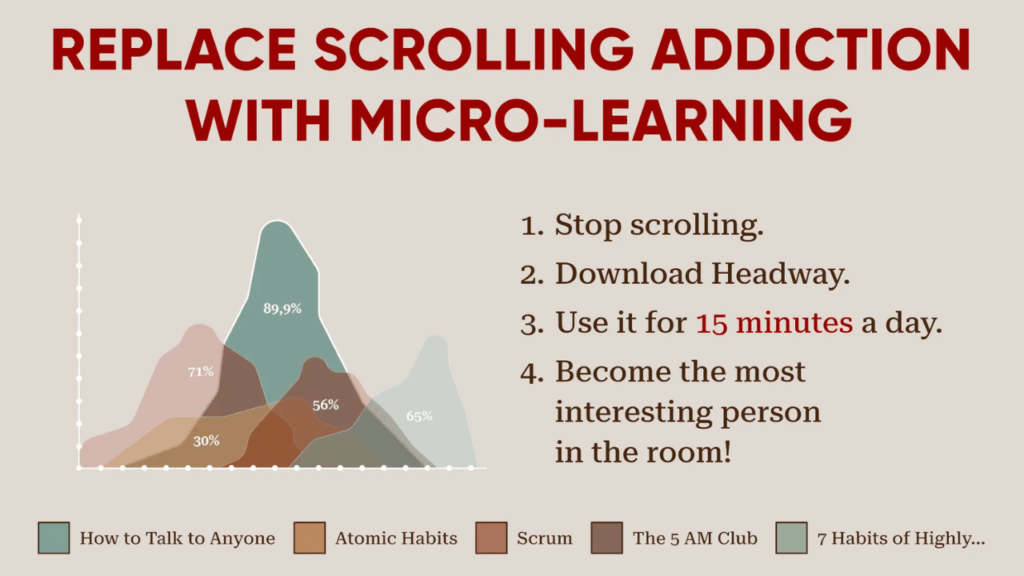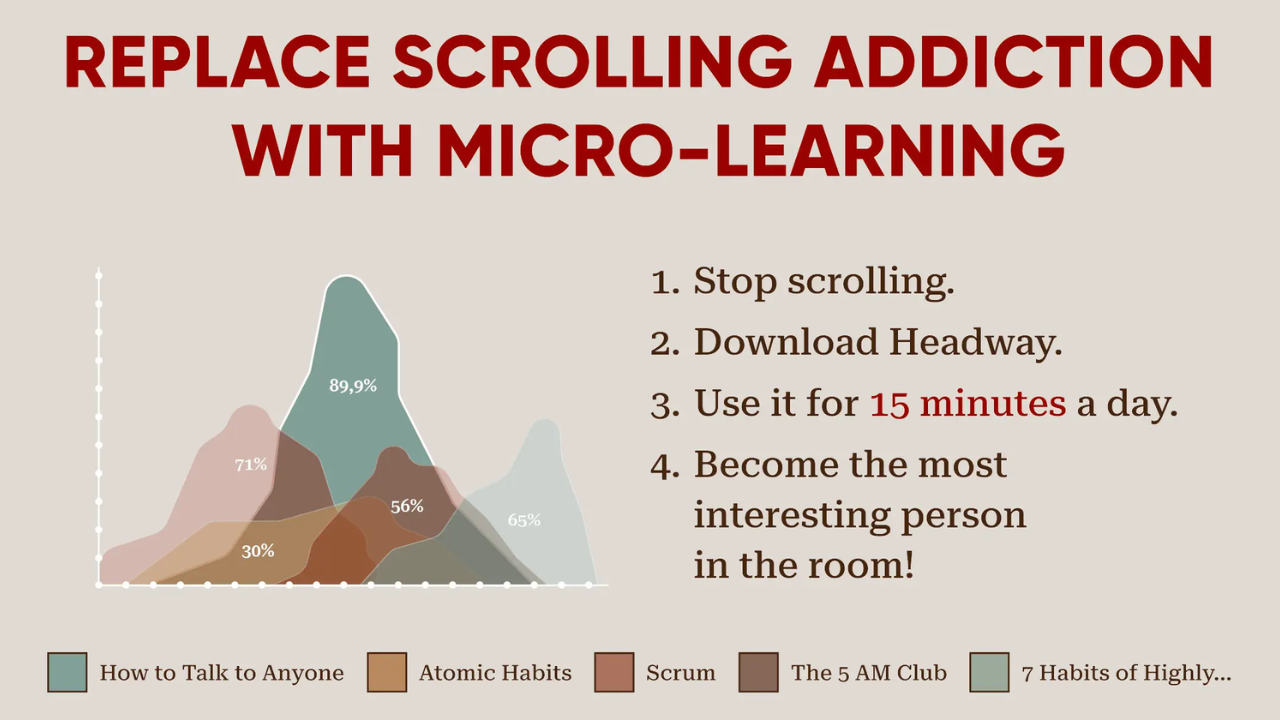
Scrolling through social media has become an unavoidable part of modern life. Whether it’s catching up on news, staying in touch with friends, or watching entertaining videos, platforms like Instagram, TikTok, and Twitter (X) are designed to keep us engaged. However, mindless scrolling can lead to wasted time, stress, and even anxiety. That’s where mindful scrolling comes in. By practicing awareness and intention while using social platforms, you can transform your digital habits into something healthier and more purposeful.
What Is Mindful Scrolling?
Mindful scrolling means using social media consciously rather than automatically. Instead of endlessly swiping without thought, you:
- Pay attention to how the content makes you feel.
- Choose what to engage with intentionally.
- Set limits to protect your well-being.
It’s about shifting from consumption to conscious connection.
Why Mindful Scrolling Matters
- Reduces Stress and Anxiety
Overexposure to negative news and comparison posts can heighten anxiety. Mindful scrolling helps filter what truly adds value. - Saves Time
By setting boundaries, you avoid hours of lost productivity. - Protects Self-Esteem
Curating positive, authentic feeds can prevent feelings of inadequacy. - Promotes Better Sleep
Less late-night scrolling reduces blue light exposure and overstimulation. - Improves Relationships
When you’re less distracted by your phone, you’re more present with loved ones.
Key Strategies for Practicing Mindful Scrolling
1. Set an Intention Before Logging In
Ask yourself: Why am I opening this app? Is it to connect, learn, or relax? Setting a purpose prevents mindless swiping.
2. Curate Your Feed
Unfollow or mute accounts that trigger negativity, and follow pages that inspire positivity, education, or joy.
3. Use Time Boundaries
Leverage screen-time trackers or app timers. Even 15 minutes per session can be enough.
4. Pause Before Engaging
Before liking, commenting, or sharing, ask: Does this align with my values or add value to my day?
5. Check In With Your Emotions
Notice how you feel during and after scrolling. If drained, step away and take a mindful break.
6. Replace Doomscrolling with Purposeful Content
Instead of consuming endless negative news, choose podcasts, uplifting videos, or educational accounts that align with your goals.
Table: Mindless vs. Mindful Scrolling
| Aspect | Mindless Scrolling | Mindful Scrolling |
|---|---|---|
| Awareness | Automatic, without thought | Conscious and intentional |
| Emotional Impact | Increases stress and comparison | Promotes positivity and calm |
| Time Use | Hours wasted without realizing | Time-limited and purposeful |
| Feed Interaction | Engages with anything in feed | Selective engagement with valuable content |
| Result | Feeling drained or distracted | Feeling refreshed and informed |
Daily Practices to Support Mindful Scrolling
- Morning Ritual: Avoid checking social media immediately after waking up. Instead, start with journaling, meditation, or exercise.
- Midday Check: Allow a short, intentional break to catch up on updates without overindulging.
- Night Wind-Down: Replace late-night scrolling with reading or listening to calming music to improve sleep quality.
Building Long-Term Mindful Habits
- Digital Detox Days
Take a day off weekly to reconnect with offline activities. - Mindfulness Apps
Use apps like Headspace or Calm to strengthen awareness skills. - Accountability Partner
Share your mindful scrolling goals with a friend and check in regularly. - Reflect Weekly
Ask yourself: Did social media make me feel better or worse this week? Adjust accordingly.
Overview Table
| Strategy | Action Step | Benefit for Well-Being |
|---|---|---|
| Set Intention | Define purpose before opening apps | Reduces mindless use |
| Curate Feed | Follow positive, inspiring accounts | Boosts mood and self-esteem |
| Time Limits | Use app timers or daily caps | Prevents wasted hours |
| Emotional Check-Ins | Reflect on feelings during/after scrolling | Promotes self-awareness |
| Replace Doomscrolling | Choose uplifting or educational content | Encourages personal growth |
| Digital Detox | Take a full day offline occasionally | Restores balance and clarity |
Long-Term Benefits of Mindful Scrolling
- More productivity by reclaiming wasted hours.
- Stronger emotional health with less comparison and negativity.
- Deeper offline connections due to reduced distractions.
- Better sleep and focus by reducing late-night usage.
- Improved self-awareness of digital habits and triggers.
Final Thoughts
Mindful scrolling is not about quitting social media altogether—it’s about reshaping the way you use it. By becoming more intentional, setting boundaries, and curating your digital environment, you can transform your scrolling sessions into moments of inspiration and connection rather than stress and distraction.
Remember, social platforms are tools—you control how they influence your mental health and daily life.
3 Quick FAQs
Q1. What is the difference between mindful scrolling and a digital detox?
Mindful scrolling means using social media intentionally, while a digital detox means taking a complete break from it.
Q2. How long should I spend on social media each day?
There’s no one-size-fits-all, but limiting use to 30–60 minutes daily often helps maintain balance.
Q3. Can mindful scrolling improve my mental health?
Yes, being intentional reduces stress, boosts positivity, and prevents the negative effects of endless comparisons.

